
The reliability of Wireless Lan (WLAN) is becoming increasingly important. This is mainly due to the fact that more and more devices are WLAN-capable. With the new WLAN standard WiFi 6, many users now expect more stability and speed of the wireless connection. It is said to have eliminated some of its predecessor’s annoying teething troubles. So is it worth switching to WiFi 6? And which devices actually support the new standard? We would like to take a closer look at this in our tutorial.
WiFi 6: The new high-speed WLAN
In 2019 WiFi 6 was presented to the world public for the first time. The outcry and the joy were great. After all, everyone is happy about fast and reliable Internet. In the course of CES 2019, the first devices that work with the new standard were also shown directly. Especially the current corona crisis shows the importance of a well functioning WLAN. Besides working in the home office, resource-hungry streams and video chats also require stable Internet. However, a standard router hardly offers enough connections to accommodate all devices. A wireless connection is then unavoidable. Accordingly, WLAN is now part of the basic equipment of every household.
WiFi 6: The designations
The name alone already betrays that wireless networks have developed further and further over the years. However, this has not always been so transparent. For example, the WiFi standards in previous versions always had opaque names. Starting with 802.11b, the name ended in 802.11 ac. The latter is better known as WiFi 5, so the decision to number the standards comprehensibly was all the smarter. For this reason, the WLAN standards will from now on be marketed under the corresponding version numbers – e.g. WiFi 4, WiFi 5 and (brand-new) WiFi 6. The latter is also known as 802.11 ax.
WiFi was an insider tip at the beginning
In the beginning, WLAN networks were nothing more than a work relief for large companies. But even clever technology nerds have, over time, set up wireless networks within their own four walls. As with the Internet itself, the wireless network quickly began its triumphal march in society at large. The increasingly widespread radio standards certainly contributed to this. Of course, as time went by, more and more people became interested in an Internet without disturbing LAN cables. A legacy of the old days, when WLAN was still reserved for nerds and IT experts, is the name. The new designation WiFi 6 breaks with this trend and has the great advantage that even normal consumers can understand when compatibility exists and when it does not.
WiFi 6: Long development time
The new WLAN standard is by no means a spontaneous small upgrade from WiFi 5 – quite the contrary. The development of WiFi 6 took six years, and when a new standard is introduced, you need the right devices. In addition to the standard itself, the first compatible devices were presented at CES 2019. Many other manufacturers followed the example of their competitors. Currently, there are already a large number of products that harmonize with the WiFi 6 standard.

WiFi 6: Advantages of the new standard
Naturally, both consumers and technology companies are delighted with a new WLAN standard. While some will benefit from a more stable and faster Internet connection, others may launch new products. WiFi 6 naturally promises much higher speed than the previous standards. And the developers are not stacking their laurels in any way. They are talking about four times the speed of the WiFi 5 standard. As is so often the case, however, this is largely a matter of classic marketing.
Per device, one gets a performance increase of almost 40% – 50% in WLAN strength. This is still respectable, but can cause confusion. You only get four times the speed if you add the performance increase of several devices. This should not sound disappointed. More important than a speed boost is the connection stability anyway. A look at the statistics makes it clear why. In 2022, for example, almost 50 WiFi-enabled devices are expected to be used in an average German household of four people. WiFi 6 should ensure that many devices can connect to one and the same network at the same time.
WiFi 6: Learning from LTE
But how does WiFi 6 achieve this high speed boost over its predecessors? Here, the developers have focused on the advantages of LTE. They have extended and improved the so-called modulation in WiFi 6. Whereas only 8 bits were possible with the predecessors, WiFi 6 now has 10-bit modulation. Furthermore, WiFi 6 is now also capable of OFDMA. This allows an uncomplicated and stable access of many different devices at the same time.
WiFi 6: Higher antenna performance thanks to MU MIMO
Particularly in large apartment buildings, the own WLAN network can be disturbed. The consequences are interrupted connections and weaker overall network performance. In addition to OFDMA, WiFi 6 offers MU MIMO, another practical innovation that tackles this problem. MU MIMO stands for Multiple Input Multiple Output. As complicated as the name is, the benefit of the feature is practical. In the previous standards, only the router sent data to the end device. With the latest standard, data exchange takes place both between the router and the end device. As a result, both sending and receiving data from multiple devices is possible without problems. In addition, it provides a noticeable increase in the performance of the router antennas. The usual four channels of the router now become eight with WiFi 6.
WiFi 6: Compatible devices
With the announcement of the new connection standard, manufacturers did not let their customers wait long for the right devices. Of course, this includes WLAN routers in the first place. But other devices such as mesh systems, WLAN repeaters, notebooks and smartphones were not long in coming. After all, the support of a new connection standard is always a seal of quality for future security. In the following we will introduce you to some important devices with WiFi 6 support.
WLAN router
Of course, WiFi 6 first of all requires the appropriate WLAN router. Otherwise, the compatibility of a corresponding terminal device is of no use. We will show you which routers already support the standard. But there are a few important points to consider when buying a WiFi 6 router. For example, WiFi 6 is not always the same as WiFi 6, and there are significant differences in performance between devices. A glance at the data streams provides information about the corresponding performance of the device. While some are suitable for blazing fast gaming, others are more suitable for the stable connection of many different devices.
RT-AX88U from Asus
With the Asus RT-AX88U, the large IT company was one of the first to bring a WLAN router with WiFi 6 support to market. This powerful WLAN router is intended to be suitable as a gaming router due to its large data streams. For gamers, it not only enables a lower ping, but also a priority when downloading in-game data packets. A proud price of around 300 euros enables entry into the WiFi 6 terrain.

Nighthawk AX8, AX4 and AX12 from Netgear
But not only Asus has a suitable WiFi 6 router in its offer. The network experts at Netgear have launched a powerful WLAN router with WiFi 6 support with the Nighhawk AX8. It is on par with its counterpart from Asus in terms of performance. The router’s design is particularly striking. It comes in the form of a spaceship-like construction.
A comparatively cheap alternative from Netgear is the Nighthawk AX4. Although it offers fewer parallel data streams, it is also almost 100 euros cheaper. The complete opposite is the Nighthawk AX12. This is the triband device from Netgear. It offers a total of six parallel data streams and is therefore 50% stronger than the Nighthawk AX8. However, it also costs a proud 400 euros. It is more than questionable whether the classic consumer will feel anything of this extra data streams in actual use.
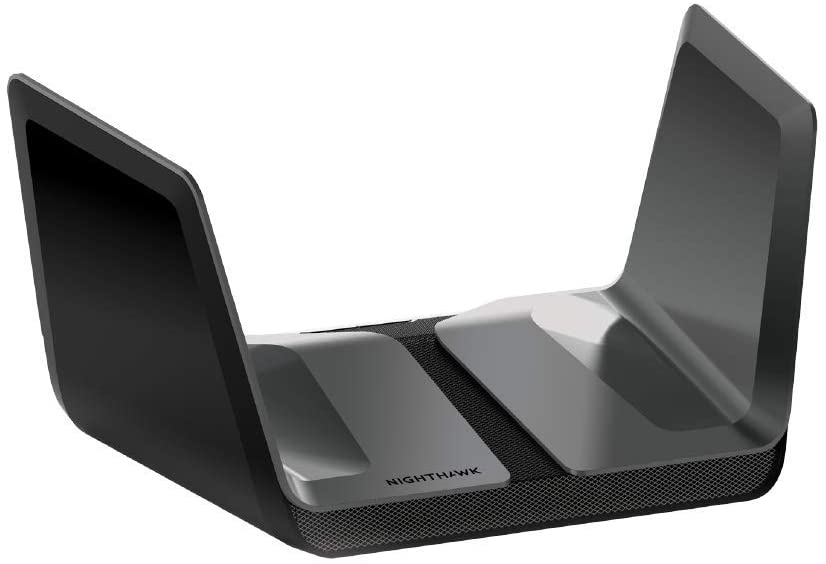
TP link
Like Asus and Netgear, TP-Link has several routers with WiFi 6 support on the market. In this way, the manufacturers meet the different consumer demands. Accordingly, the prices can also vary considerably. Price ranges between 200 euro and 400 euro are not uncommon. The cheapest WiFi 6 router from TP-Link is the Archer AX50 at 160 euros. Those looking for more performance should take a closer look at the Archer AX6000. It offers four parallel data streams and comes at a price of almost 300 Euros.
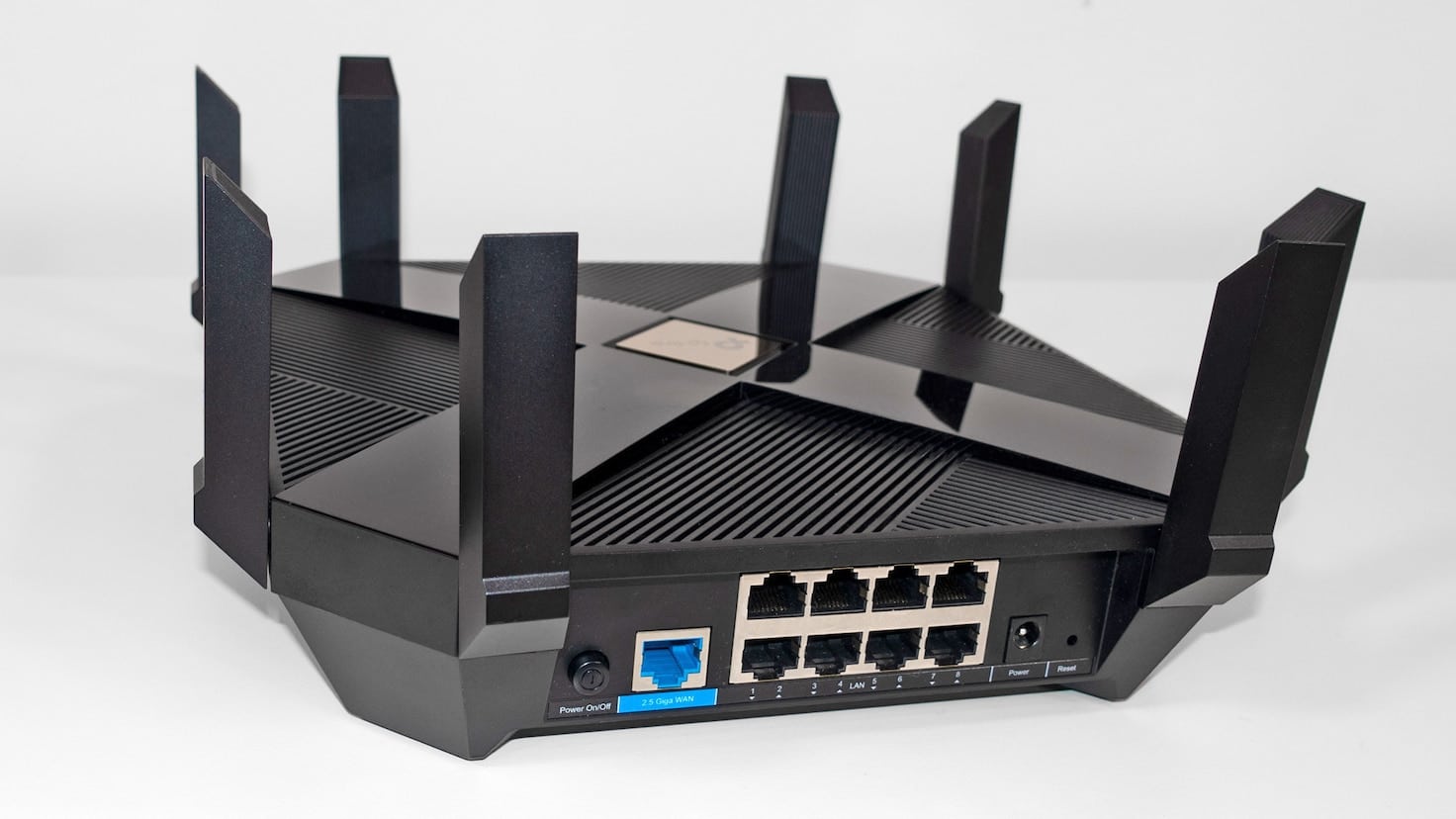
FRITZ!Box
Of course, the German network experts at AVM have also reacted to the trend. After all, with their FRITZ! box they are considered the WLAN router par excellence. A total of three FRITZ! boxes are to be launched on the market with support for the WiFi 6 standard. Two devices are suitable for fiber optic connections and one for classic cable access. These are the FRITZ!Boxes 5530, 5550 and 6660. In terms of data streams, AVM is very cautious compared to its competitors. With just two parallel data streams, they bring up the rear. However, we are just at the beginning of the WiFi 6 cycle. As the past has shown, AVM is rather reluctant to upgrade to the WiFi standard. Far more powerful FRITZ! boxes with WiFi 6 are therefore only a matter of time.
WLAN Repeater with WiFi 6
Although the WLAN router is the heart of a wireless network, in a large household it too can reach its limits. A WLAN repeater is then practical. It captures the WLAN signal and plays it back again to increase the range. If you want to have WiFi 6 in the entire household, the repeater also needs to be compatible. Netgear has launched the Nighthawk EAX80 WLAN repeater, which not only supports WiFi 6, but is also very powerful in other respects. Thanks to the repeater’s support, the network’s range is expected to be extended by up to 175 m².
Mesh systems with WiFi 6
With the help of mesh systems you can expand your network with some practical features. They offer different access points within a network. When accessing the network, the end device is assigned the mesh that provides the best signal. Mesh systems can also have a practical use in the smart home area. In the WiFi 6 area, TP-Link is considered a pioneer when it comes to mesh systems. With the models Deco X20 and Deco X60 the manufacturer has two different systems in its range.
The suitable PC with WiFi 6
While many routers with WiFi 6 support can now be found, the search for PCs has been long. Microsoft (Surface Laptop 3), Dell (XPS 13 2-in-1) and Asus (ZenBook Pro Duo) are among the few manufacturers with suitable end devices. However, there are also ways and means to make your current PC fit for WiFi 6. With some experience as a PC hobbyist, you can upgrade your device with modules like the Killer Wi-Fi 6 AX1650 module or with the Intel AX200NGW.
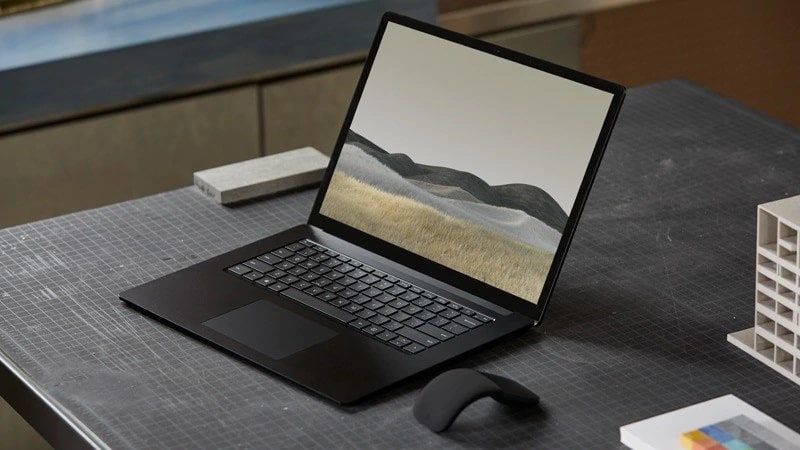
Smartphones with WiFi 6
In the field of smartphones, there are already many devices that support the new standard. Especially among the flagship devices, the manufacturers rely on the support of WiFi 6. Apple offers complete support of the connection standard in its iPhone 11 family. Samsung has offered support for WiFi 6 since its Galaxy S10 series.
There is still a long way to go for WiFi 6
So far, the new standard is only worthwhile for those who operate a large number of devices in their households. So if you already notice that the network is regularly overloaded, you should perhaps consider an upgrade. But with increasing smart home and other WLAN devices, everyone will feel the same at some point. So sooner or later everyone will need to upgrade to WiFi 6. However, some of the first WiFi 6 devices are still having problems. This is perfectly normal when a new standard comes out. So far, WiFi 6 is only a small gadget for big technology fans. However, this will change over time. In order to save money and to enjoy a stable and reliable functioning of the standard, it is worth waiting a little longer.





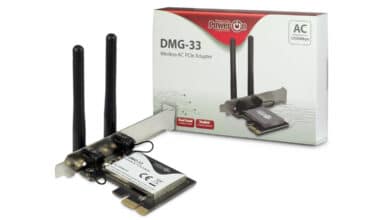
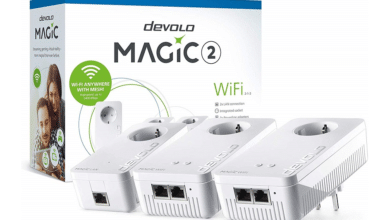
No replies yet
Neue Antworten laden...
Administrator
Beteilige dich an der Diskussion in der Basic Tutorials Community →